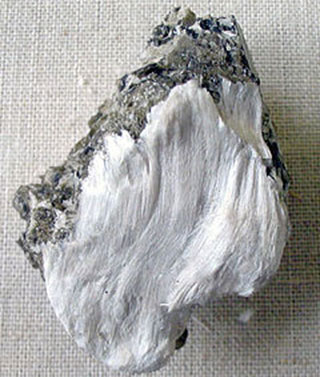 Oh, asbestos. A bit of a four-letter word, isn’t it? Definitely not tea-time talk or fodder for a fancy dinner. But though the one thing we can all agree on, is that it’s not that much fun; there is still an immense gap in knowledge around it! What is it? What causes it? What should you do about it? These are all valid questions, and questions that Restumping Melbourne would like to help you answer. Today, we’ll do a general dive into the basics of asbestos, but we probably won’t answer every question that you have. It’s scenarios like this, when we want to remind our valued customers and blog readers to reach out! The Restumping Melbourne team is dedicated to answering any questions that you have.
Oh, asbestos. A bit of a four-letter word, isn’t it? Definitely not tea-time talk or fodder for a fancy dinner. But though the one thing we can all agree on, is that it’s not that much fun; there is still an immense gap in knowledge around it! What is it? What causes it? What should you do about it? These are all valid questions, and questions that Restumping Melbourne would like to help you answer. Today, we’ll do a general dive into the basics of asbestos, but we probably won’t answer every question that you have. It’s scenarios like this, when we want to remind our valued customers and blog readers to reach out! The Restumping Melbourne team is dedicated to answering any questions that you have.
So, asbestos! If you’ve dealt with it, you know that it’s not that much fun. If you haven’t dealt with it, you may need a refresher course as to what it is. Asbestos is the common name and it’s a little bit easier to pronounce. If you’re looking for the technical name, then six fibrous silicate minerals is your winner! Either way, there are several elements that characterize it. They include high tensile strengths, flexibility, an insulation ability against high and low temperatures and chemical resistance. None of these on their own are very dangerous, BUT the fibrousity of asbestos does make it dangerous.
How can you suss out if you’re dealing with asbestos? As far as physical look and feel, if you see small white flakes or fibres, those are most likely asbestos. You’ll want to make sure that you’re wearing protective gear. If you ingest it, it can lead to many health concerns—moderate to severe.
We just mentioned minerals. There are six that you want to look for. They are: chrysotile, amosite, crocidolite, tremoplite, actinolite and anthophyllite. A lot of buzzwords if you feel like doing a deeper dive into asbestos, but chrysotile is the only one in the silicate group we’ve talked about. It’s by far the most common property that will be present.
The big thing that you want to avoid when it comes to asbestos is inhaling it. When you inhale it, the fibres that we’ve discussed, populate the lungs. They cause a lot of different physical ailments. Yes, they can be moderate, or even mild. They can also be serious, long term diseases, including but not limited to cancers and chronic conditions.
So why is Restumping Melbourne covering this on our blog? Asbestos can be commonly found during building projects, or by updating existing architectural elements like the foundation. We may sound like a broken record at this point, but Restumping Melbourne is truly dedicated to ensuring that our valued customers and blog readers are properly educated about all things home renovation. When you have the knowledge, like that around asbestos, you are 100% in the driver’s seat of every decision.
Stay tuned for more information about asbestos and how it relates to your home renovation.
